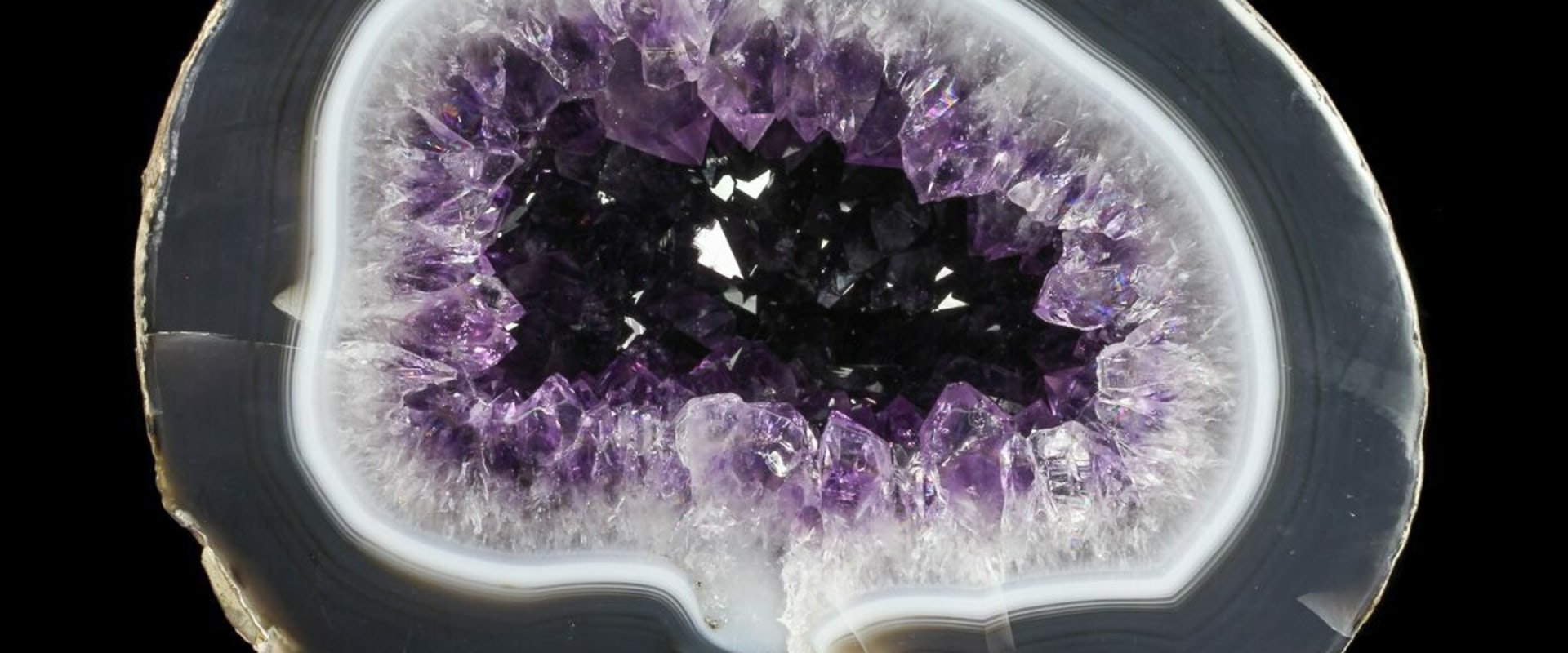Crystals are fascinating and complex structures that can take anywhere from a few days to thousands of years to form. Natural crystals that come from Earth are formed in the same way, through the consolidation of Earth's liquid and cooling of the temperature. Small-sized quartz crystals can form in as little as one day, while larger crystals may take several months. The growth rate is determined by heat and pressure conditions, as well as the availability of silica and water nutrients.
The scientific study of crystals and crystal formation is known as crystallography, while the process of crystal formation is called crystallization or solidification. Crystals form when atoms come together and become a uniform cluster. This process can be affected by the environment, temperature, and the way atoms are organized. Different colors and textures of crystals can be produced depending on these factors.
Quartz crystals take thousands of years to form, but rapid processes can produce massive microcrystalline or semitransparent quartz without the correct crystal shape. Other, less exotic crystallization methods can be used depending on the physical properties of the substance, such as hydrothermal synthesis, sublimation, or solvent-based crystallization. If a passage is closed and then reopened, new environmental factors can make a mineral crystal start growing on existing material. For those who love the idea that crystals are born from the Earth for millions of years, the crystallization that occurs underground is very exciting.
If you are looking for quartz crystals with golden-yellow needle-shaped rutile inclusions, rutilated quartz crystals are the answer.
